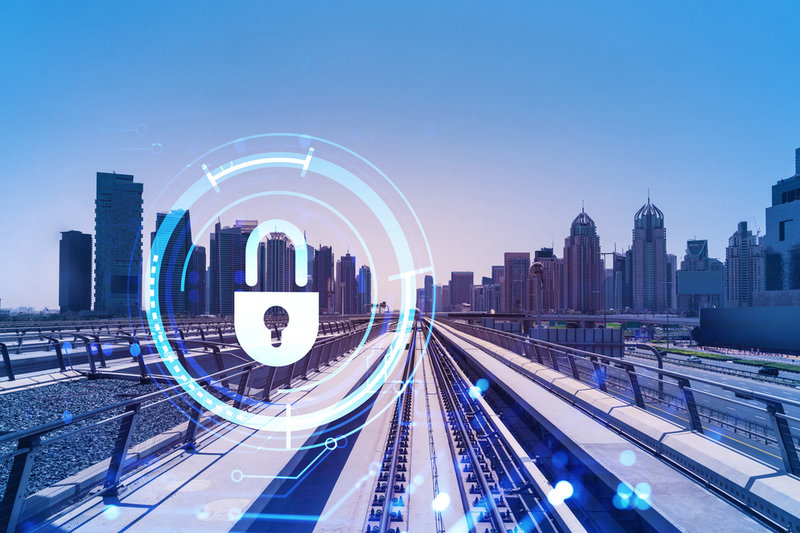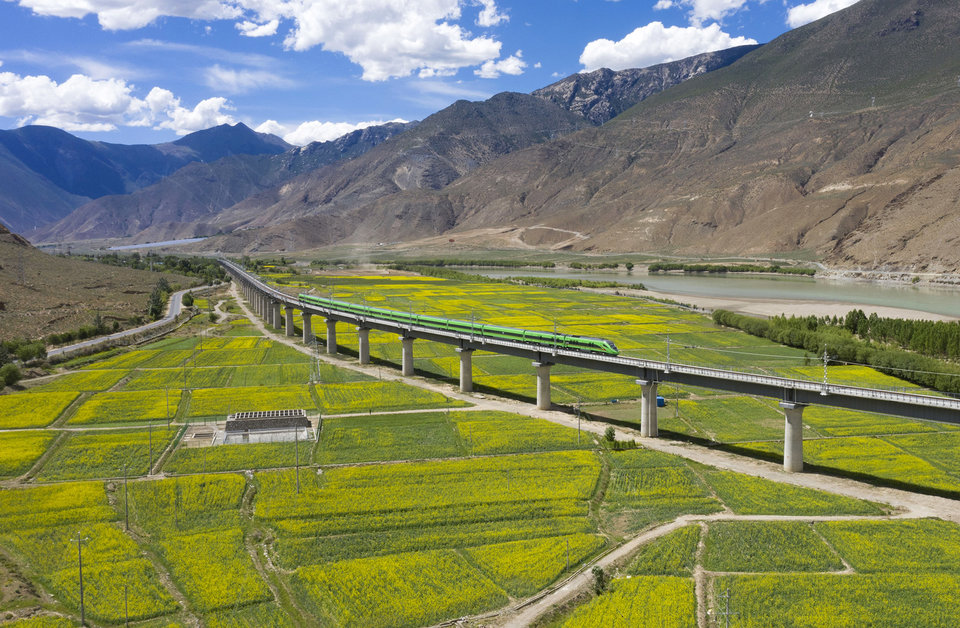Technology
Should train guards wear body cameras?
Train guards:
How cybersecurity is helping rail operators keep on track
As the number of assaults against rail personnel has increased in the last few years, operators such as Virgin Trains and South Western Railway have decided to adopt body cameras to protect the safety of staff. Ilaria Grasso Macola looks at whether body cameras are the way forward, or if they infringe on citizens’ right to privacy.
B
ritish train operator South Western Railway (SWR) has been trialling the use of body cameras on train guards working out of the company’s Portsmouth deport since 28 June, with plans to roll the practice out to the whole network if successful.
Hoping that the cameras will act as a deterrent when it comes to assaults and abuse experienced by the company’s personnel, SWR customer experience director Alan Penlington commented at the launch of the trial: “These body-worn cameras are designed to do just this, by deterring anti-social behaviour on our services and reducing the number of assaults our colleagues experience at work.”
SWR is just the latest rail operator to make this decision. In March this year, Northern Railway introduced more than 350 body cameras for staff across its network. As a result of the increase of incidents recorded on railways, in February 2020 body cameras became mandatory for Welsh railway staff, while two years prior Virgin Trains had come to the same conclusion.

Aerial view of the derailment. Image: UK Government
Violent railways: why body cameras have become necessary
The UK reacted in horror when in April 2020 – during the peak of the Covid-19 pandemic – railway worker Belly Mujinga died of Covid-19 after allegedly being spat at and coughed on while working at London Victoria Station.
Unfortunately, Mujinga’s story is not an isolated case but reflects a stark reality of violence and abuse suffered by staff all over the UK railway network. As reported by The Independent, in August of the same year a train guard was assaulted by a passenger.
“On Tuesday night a train guard was assaulted at #Chorley,” tweeted British Transport Police Lancashire. “As his train approached the station, he awoke a sleeping man. The male became angry on realising he’d missed his stop, and punched the guard repeatedly, before running off down the track. Enquiries ongoing.”
In November 2019, two passengers used racial slurs and attacked a train guard on the London Docklands Light Railway after the guard asked to remove their feet from the seats.
Violence on the UK railway network has become a phenomenon of epidemic proportions in the last few years. According to a survey of Night Tube workers carried out in 2018 by the National Union of Rail, Maritime and Transport Workers (RMT), more than 88% of workers have been victims of verbal abuse, with one in three women and one in five men experiencing physical assault.
It is clear that violence and abuse against transport workers has reached epidemic proportions.
A year later, RMT published another survey, showing that 72% of frontline transport workers experienced workplace violence in 2019, with 90% of those subjected to violence on multiple occasions.
The research also showed that, despite a peak during the festive season, workplace violence on railway workers is a year-round problem.
“I have been assaulted more times in the railway in a year than as a prison officer of 15 years,” said one anonymous worker, while another added that a “member of the public came up to me and told me he was going to take me around the back of the station and rape me”.
Lone working and continuous budget cuts to police forces are considered the main reason for the spike in 2019.
“It is clear from these findings that violence and abuse against transport workers has reached epidemic proportions, exacerbated by increased lone working, cuts to staffing and cuts to the police force,” commented RMT general secretary Mick Cash, following the publication of the 2019 RMT survey.
As a result of the rise in violent incidents across UK railways, it is clear why rail operators are increasingly turning to body cameras to protect their staff. The number of passengers using the UK railway each year has doubled in the last 20 years, to 1.7 billion people.
Although this growth will be stunted by the Covid-19 pandemic, the heightened awareness surrounding safety brought forward by the pandemic, for both staff and passengers, sets the perfect landscape for widespread adoption of bodycams across the network.

A Fuxing bullet train runs along the Lhasa-Nyingchi railway. Credit: Jiao Hongtao/VCG via Getty Images
Effectiveness and other safety concerns
Since their introduction, body cameras have received mixed reviews. While the majority of stakeholders believe that they are the best way to avoid anti-social behaviour, others believe that if not accompanied by other measures, their use is limited.
"It is no good bringing in such protective measures when at the same time the government and train operators are de-staffing trains and stations, leaving the workforce and the travelling public more vulnerable to assaults and anti-social behaviour,” commented Cash in 2018.
Another critique against the use of such technology is that external security measures cannot be relied upon. As stated by a health and safety circular sent in 2021 by RMT head office to all the branches, “external security measures, such as requests for increased police presences, more CCTV coverage, and body-worn video cameras, cannot be relied upon.”
When it comes to body cameras, stakeholders have also raised concerns about people’s privacy. However, according to US Department of Justice body camera expert Jason Dombkowski, on public transport people do not have a reasonable expectation of privacy, especially in countries such as the UK where there is a high concentration of CCTV cameras.
Despite criticisms, the merits of body cameras on train conductors are numerous. A collective study carried out by the University of Cambridge, alongside the British Transport Police and the Hebrew University of Jerusalem, showed that staff wearing body cameras were 47% less likely to be victims of assault.
Knowing you’re being recorded may well enhance those compliant behaviours.
The reasons, explains Dombkowski, are twofold: firstly, cameras have a “civilising effect”, as both passengers and public officers tend to behave differently when they know they are being recorded.
“The pros of recording interactions with the public, [in situations] where compliance with a request is imperative for safety, is gaining compliance,” explains Dombkowski. “Knowing you’re being recorded may well enhance those compliant behaviours.”
In the event of an altercation between train guards and passengers, cameras can also function as an “effective deterrent threat”, collecting proof against perpetrators. “While we wish that we could prevent every incident, we expect that the new footage will help authorities in any prosecutions by providing good quality evidence,” says Penlington.
Compared to other types of recordings, when it comes to incidents that involve members of the public and officers, body cameras provide straightforward evidence as they record from beginning to end, nearby the incident, and with both audio and video, explains Dombkowski.
“Because of the advancement of cell phones, everybody possesses the ability to record and in cases of confrontation with law enforcement, most likely people will be recording,” he adds. “It could be from a distance, possibly not from beginning to end or without either audio or video.
“Somebody can have their version of the incident because they weren’t in close proximity or didn’t record the totality of what took place.”
As highlighted by Dombkowski, despite privacy criticisms, body cameras have been demonstrated to work because of their civilising effect, acting as a deterrent against antisocial behaviour. And, though they may not have an instant impact, as passengers become more aware of their use it’s not unreasonable to predict their effectiveness as a deterrent will increase.
Main image: The first Fuxing bullet train prepares to leave the Lhasa Railway Station on its inaugural journey. Credit: Dong Zhiwen/VCG via Getty Images